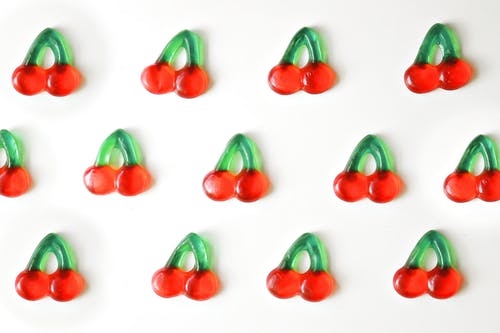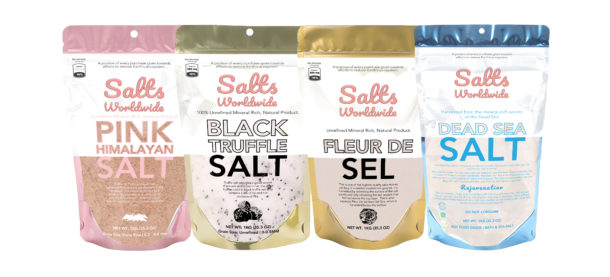Himalayan Salt – Have You Ever Wondered How It Came To Be Grey?
When I first discovered Himalayan salt, one of the things that struck me was how this mineral has a healthy reputation. The Himalayan region is often called the land of saints and kings for its many high and lofty peaks. And with the high number of natural salt deposits in the region, this is no surprise.
But if theres one thing that distinguishes Himalayan salt from other types of rock salt, its the grey powdery texture of it. While the minerals in rock salt to form crystals in this mineral form, these crystals are small and not nearly as interesting to look at as they are when the crystals are fully hardened. I first began looking for grey Himalayan salt on eBay, where I found the grey salt crystals are available in whole chunks for less than a dollar per bag!
As it turns out, this is because salt crystals in the Himalayan mountains can be very porous, and this causes them to absorb oxygen more readily than other types of rock. The grey Himalayan salt crystals have a grey-brown color, while most rock salt is clear or appears blue.
Its not difficult to gather grey salt crystals in a bowl or container of water. (Water is important to purify salt as well, so be sure to use it.) But be sure to shake the salt water frequently to keep it from settling at the bottom of the container; this is often a telltale sign that the crystals will settle at the bottom of the container eventually.
Once the water and the grey salt crystals have settled, its time to perform the actual purification procedure. First, make sure that the crystals are not sitting in water or liquid, and place them into a cup of hot tap water.
Next, rinse the crystals in the purification water. When rinsing the crystals, be sure to rinse only the crystal front, and not the bottom of the container or the rock salt itself. With the hand crank attached to the container of salt, spin the container upside down, with the container at the full tilt position. This will ensure that the crystals dont become dislodged from their crystalline form, and by the time you turn them over, all of the salt will be rinsed from the crystal.
If rinsing the crystals with clean water is not an option, then you might consider purchasing a pail and silverware to rinse the crystals in. Just scoop the crystals into the pail, and turn the pail upside down. Youll be able to be more consistent with the rinsing process.
When rinsing the crystals, be sure to make sure that the bucket that holds the crystals is at the full tilt position, and that the container is completely submerged in salt water. (Be careful not to submerge the container more than halfway.) After rinsing the crystals, put the container in a covered container and leave it somewhere out of direct sunlight.
After a few days in this mineral environment, it will be obvious that all of the salt has been rinsed from the crystals. This is the time to purchase more salt to replenish the remaining crystals.
Of course, buying salt in bulk and keeping it in the freezer is the way to go if you dont have a purification device. Youll need to keep the salt container covered to maintain the freshness of the salt. The container should be stored in a refrigerator to preserve the freshness.
An alternate way to maintain the freshness of your salt is to buy the salted almonds. These almonds contain the same minerals as the Himalayan salt, so theres no reason to spend more money on salt.
Its important to remember that grey salt crystals require a certain amount of purification before use. Make sure that you choose a purification product that can get the salt out of the crystals before use. (This is different from standard rock salt which has salt crystals in it.)



